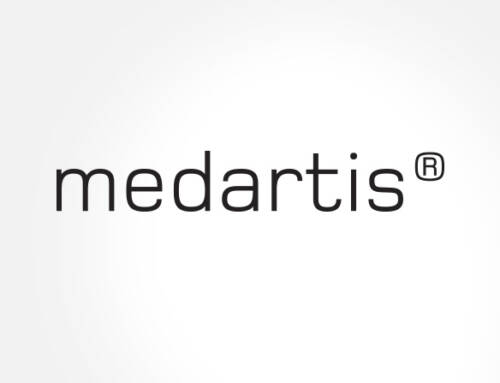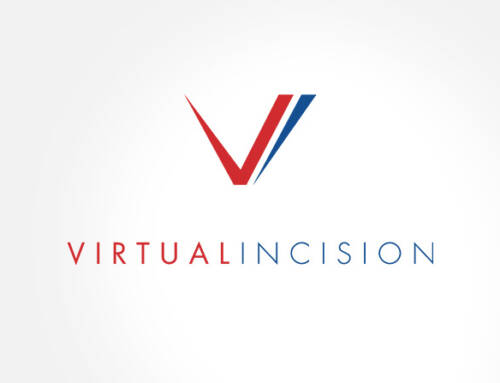In the United States alone, an estimated 10-12 million adults live with moderate to severe chronic neuropathic pain. The effects can be debilitating, leading not only to extreme physical discomfort, but also psychological distress, social isolation, reduced worker productivity and an overall decrease in quality of life.
Nalu Medical is a California-based medtech company breaking new ground in neurostimulation therapy for chronic pain management. Transformative on every front, not only is Nalu offering new, best-in-class solutions to people living in chronic pain, their company has seen strong commercial revenue growth over the past four years. A promising member of Endeavour’s portfolio, we caught up with CEO Tom West to find out more…
Let’s start at the beginning. What is meant by the term “chronic neuropathic pain?”
Chronic neuropathic pain is the result of nervous system damage or dysfunction. There are a number of potential causes, including spinal cord and nerve injury, trauma and post-surgical complications, as well as diseases like shingles, diabetes, and multiple sclerosis. Technically speaking, “chronic pain” refers to any pain that lasts for three months or more, but many people suffer from it for years.
What is neurostimulation, and how can it help people living with chronic pain?
Treatment for chronic neuropathic pain typically involves a combination of medication, physical therapy, surgery and temporary interventions such as injections, ablations and blocks. When conventional methods fail, neurostimulation offers a non-drug-based option that can be used in isolation, or in combination with other techniques.
Neurostimulation for the treatment of chronic pain has been around for over 40 years, and uses an implantable device with thin wires (leads) to send mild electrical pulses to target nerves and interrupt pain signals before they hit the brain.
Most neurostimulation therapies for chronic pain fall under the category of “spinal cord stimulation” (SCS), and use an implanted pulse generator (IPG), usually the size of a (thin) hockey puck, where the IPG is located at the base of the spine and the leads are implanted in the epidural space of the spine column.
What separates Nalu from similar products on the market?
Existing technologies for neurostimulation are significantly larger than Nalu’s implantable as they include the battery as part of the IPG implant. This means that a patient undergoes a more substantially invasive surgery to have the device implanted. Moreover, the larger competitive devices require an explant surgery when the battery loses its ability to hold a charge (approx. 3-5 years for most patients). Nalu is significantly differentiated by the substantially smaller size of its implant. Nalu has replaced the electronics of conventional IPGs with a state-of-the art-microelectronic chip that provides all of functionality of the most sophisticated traditional SCS device and with the battery and controls built into a small externally wearable “therapy disc” that’s worn on the outside of the body.
Because it’s so small, Nalu’s micro-IPG only needs a minimally invasive surgery to implant it. The external battery pack eliminates the need for replacement surgeries, with the system managed and controlled either through the external disc or via a smart phone app.
Are you only looking at spinal cord stimulation, or are there other possibilities as well?
Initially at launch Nalu focused on SCS, but we also obtained FDA clearance for peripheral nerve stimulation (PNS). We found that while the market for SCS is huge, it is also well-served and very competitive. The market for PNS, however, is potentially even larger – and the need has not yet been met. Nalu’s small implant size uniquely allows for the IPG to be placed proximate to damaged peripheral nerves such as the genicular nerve in the knee and the suprascapular nerve in the shoulder. By adapting our SCS technology to PNS, we can offer patients a highly targeted solution that sees the IPG implanted at peripheral points and used to target specific pain sites.
What are the clinical studies saying? Do you have the data you need?
The data is exceptional. For SCS, Nalu Medical offers a best-in-class solution that gives at least 50% pain relief to 80% of patients, with an average of over 70% pain relief. Data for PNS hits these same levels. Our recently published randomized control trial, COMFORT, demonstrated an 88% responder rate where patients achieved at least 50% pain relief and an average pain relief of 70%. We have additional data now out to 128 months and we show similar levels of pain relief in PNS generally and in specific nerve targets as well. What’s particularly exciting here, is the chance to set a new standard of care. PNS is our primary area of focus. There is no other product that matches the level of pain relief offered by Nalu Medical, and that can do so over a prolonged period of time.
Are Nalu devices available through public and private health insurers?
With 83% of all lives covered, we are proud to have secured strong public and commercial payer coverage for SCS in the United States. PNS is an area of growth. We have strong public coverage and are working to provide the evidence needed to increase commercial access.
Where do you see the company in 3-5 years’ time?
Our commercial momentum is strong. 2024 is off to a good start, with anticipated 50% YoY growth for the full year. Coupled with a steady improvement in our gross margin (our line of sight is 70%+), we anticipate the company can achieve profitability within the next few years.
In March 2024, we have successfully concluded our Series E funding of US$85m that will carry us well into 2026. Looking forward, we are working to build optionality. This means laying foundations that will enable us to remain as either a high-growth, private company, or prepare for a public offering/strategic acquisition. We don’t want to predetermine which outcome is best. We’re looking to build a great company where those choices are made in conjunction with our shareholders.
What are the biggest risks you face, and how do you mitigate them?
For us, the biggest risk is to see larger players entering the PNS space. But at the same time, we know that competition is healthy. We are in a strong position. We’ve protected our intellectual property, are confident in our product, and have excellent clinical data – uniquely strong data for the PNS space. We also know our market and have made a strategic decision to focus on the highly promising and emerging area of PNS.
If we continue to execute well, take our time to do it right, and invest in our data, team and infrastructure, then I know good things will happen. Nalu’s technology is truly transformational. Not only do we have a robust business that’s on track to deliver a sizeable return, we have a chance to set the standard of care for peripheral neuropathic pain and solve a major unmet need in chronic pain management.





